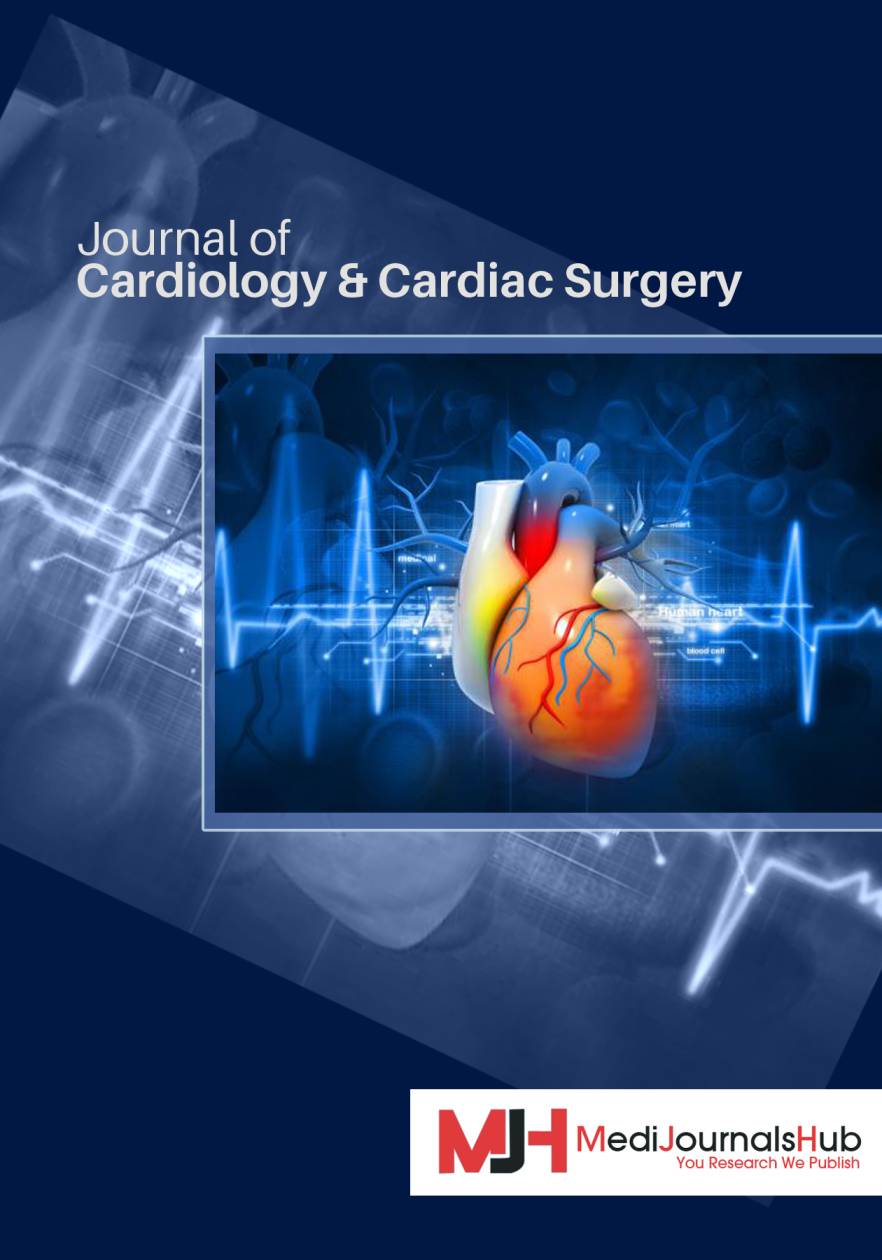- Open-Access Publishing
- Quality and Potential Expertise
- Flexible Online Submission
- Affordable Publication Charges
- Expertise Editorial Board Members
- 3 Week Fast-track Peer Review
- Global Visibility of Published Articles
Rajaie Cardiovascular Medical and Research Tertiary Heart Center Left Main Percutaneous Intervention Registry: RHC-LM Registry
Zahra Hosseini Khatereh Dehghani Hamid Shahin far Ali Sarreshtehdari Ehsan Khalilipur Bahram Mohebbi Mohammad Javad Alemzadeh-Ansari Mehran Karimzadeh Jouzdani Parvin Mangolian Shahrbabaki Ata Firouzi Seifollah Abdi Mohsen Maadani Ali Zahed Mehr Reza Kiani Farshad Shakerian Alireza RashidinejadAbstract
Background: Left main is responsible for perfusion of about two-third of myocardium tissue and traditionally the gold standard of revascularization in patients with significant LM lesion was CABG; but in the recent two decades we find out dramatic advances in percutaneous coronary arteries interventions (PCI) and we decided to launch our left main percutaneous intervention registery.
Method: The RHC-LM registry is a retrospective cohort study that recruited patients with LM-PCI (either protected or non-protected LM) from October 2017 to November 2019. This registry is going to illustrate the role of LM-PCI in our center, the prevalence of LM-PCI, indications of LM-PCI, technical approaches, intracardiac imaging modalities, the success rate of coronary interventions in various settings, also reporting intrahospital and at least 1-year follow-up of Major Adverse Cardiovascular Events (MACE) and total mortality.
Results: From October 2017 to November 2019, the recorded data demonstrated that 206 patients with LM lesions underwent PCI. The mean age was 63.7 ± 10 years (27-88 years) and 66% were males. The most common traditional risk factors were hypertension (63%), most common presentation was chronic coronary syndrome (60.3%), the average Ejection Fraction (EF) was 43% (10-55%). PCI was performed by femoral artery access in about 92% of patients; 54.4% were non-protected and 40.8% were protected LM. The mean SYNTAX score was 27.3 (7-54). Iatrogenic dissection has happened in 10 (4.9%) cases. The most technical approach was provisional stenting (50.5%) and in those with 2 stent techniques, the most techniques were TAP (8.3%) and crush (7.3%). The procedural success rate was 97.6%. Periprocedural MI (hs-Troponin I elevation more than 5 times or more than 20% elevation in those who had positive troponin at baseline) was about 37.5%, and emergent CABG was needed in 3 (1.5%) patients. In at least 1-year follow-up, total death, CV mortality and non-CV mortality were 0%, 0% and 0% respectively. During 12 months follow-up, non-fatal MI and stroke happened in 7.2% and 5.8% respectively.
Conclusion: Our registry demonstrated that the composite of total death, non-fatal MI, and stroke during 1-year follow-up in those with LM PCI was low, and also no obvious differences between protected versus unprotected LM PCI, regarding the total death, CV, and non-CV mortality were illustrated.
Abbreviations:
LM: Left Main; CABG: Coronary Artery Bypass Graft; PCI: Percutaneous Coronary Intervention; RHC-LM: Rajaie cardiovascular medical and research center left main registry; MACE: Major Adrverse Cardiovascular Event; CV: Cardiovascular; DES: Drug Eluting Stent; CoCr EES: Cobalt Chromium Everolimus Eluting Stent; MACCE: Major Advers Cardiac and Cerebrovascular Event; MI: Myocardial Infarction; LMCA: Left Main Coronary Artery Disease; RCT: Randomized Clinical Trial; ESC: European Society of Cardiology; STEMI: ST Segment Elevation MI; Non-STEMI: Non ST Segment Elevation MI; TLR: Target Lesion Revascularization; TVR: Target Vessel Revascularization; IVUS: Intravascular Ultrasound; OCT: Optical Coherence Tomography; CVA: cerebrovascular accident; NYHA: New York Heart Association





